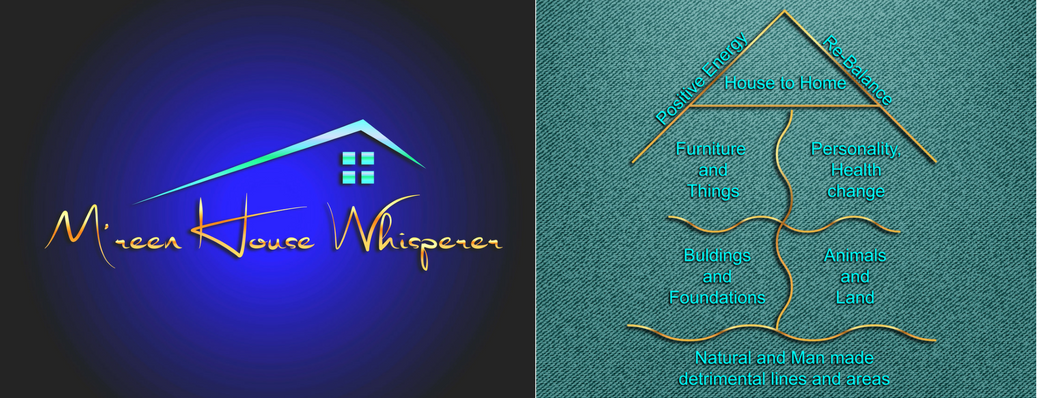Chair in an Ambleside, Lake District shop.
M'reen
Looking at the captain’s chair you realise that it is specifically
designed for long haul comfort
and so it needs to be approached in the correct way as you don’t
want the crew
to think that you don’t know how to look after your spine and body
and so diminish your mental productivity and physical ability over
time.
The number of videos below indicated how much respect
I have for The Alexander Technique
and the value of sitting and rising from your chair or
toilet in a way that supports your body
both now and for later years. I am as guilty as many
people of ‘not doing’
so I’ve written out how I was taught to sit and rise
from a chair.
Back up to the chair so that your calves are touching
the edge.
Bring your knees and shoulders forward and this will
take you down to the seat.
Sit on the two sticky out bones at the front of your
pelvic girdle with your feet flat on the floor.
So you are not sitting on your tail bone and your
spine is not curved back and down.
In fact as you rest on those two knobs you bring your
spine back with your shoulders over your hips
and imagine that a puppeteer pulls a string from your top knot straightening out your spine,
and imagine that a puppeteer pulls a string from your top knot straightening out your spine,
neck and head
and you will probably experience your chin lifting.
To rise from a chair, shuffle to the front of the seat
and put your feet back under the chair
so that you are resting on your toes. Lean back and
then forward tipping your shoulders and head
over your knees allowing the momentum to raise your
bum of the chair and for you to gracefully uncurl and then imagine that
puppeteer pulling you into that lovely restful posture.
Your mission is to practice sitting down at your desk correctly
and rising in the best mechanical way
for your body and if you have a bad back
you will soon notice a difference.
You may need to raise your computer monitor
to achieve this posture naturally.
I found that if my eyes were at a level of 1/3 down the screen then my posture became automatic
and also to arrange your monitor and keyboard so that you are not leaning to one side.
Or check out the video on how to sit when you write.
You will find that if you set your timer for half
an hour pings and rise from your seat correctly and oxygenate
your body not
only will your body be healthier but you will get through your working day feeling more refreshed.
Not only will you not lose concentration but your work
productivity will rise.
You may find
these youtube videos to be of advantage, particularly the last one which,
while it covers writing can be transferred to using a lap top.
Alexander Technique Squatting and Sitting
The purpose
of this video first and foremost is how to sit and squat, (safely, easily and
mindfully) from standing to sitting and into a full squat. This movement is a
position of mechanical advantage, in other words the body is used in accordance
with its design, the muscles, bones and joints are used in a more balanced and
integrated way, giving structural support, balance and integrity.
Also giving the torso maximum length and release and
avoiding stress and compression of the torso.
http://youtu.be/re-2dLk0HGU 5.29 minutes
……………………………………..
How To Sit In A Chair Without
Pain - Learn Alexander Technique!
Luke Ford talks about the best types of chairs and best approaches to sitting in a chair. And the worst ways to sit in a chair.
http://youtu.be/Z6ZX7T85Q6w 3.46 minutes
Sitting on an ‘office swivel chair’ reading books, get up
and move every ½ hr
………………………………………
Sitting Comfortably Erect
How to sit comfortably without pain. Learn how to sit at
the computer, at a desk, table, in a car without slumping or stiffening using
natural good posture. Learn what positions cause stiffness
and pain and how to release and relax with effortless
upright energy.
As a result of this video I raised my desktop monitor so
that my eyes are about 1/3 down this page and not the top of the plastic
surround. This was my decision and not a recommendation.
…………………………………………………………..
Alexander Technique with
Marjorie Barstow - Sitting
Here Marjorie works with a student, showing her how to
sit without scrunching her body,
http://youtu.be/S0Mq3ItAspw 2.16 minutes
……………………………………………………………………
Alexander Technique with
Marjorie Barstow - Writing
Marjorie was in her 90s and suffering from osteoporosis.
The student kept commenting on how he was able to breathe.
http://youtu.be/zfZjE5hFq0o 3.45 minutes
http://youtu.be/zfZjE5hFq0o 3.45 minutes




